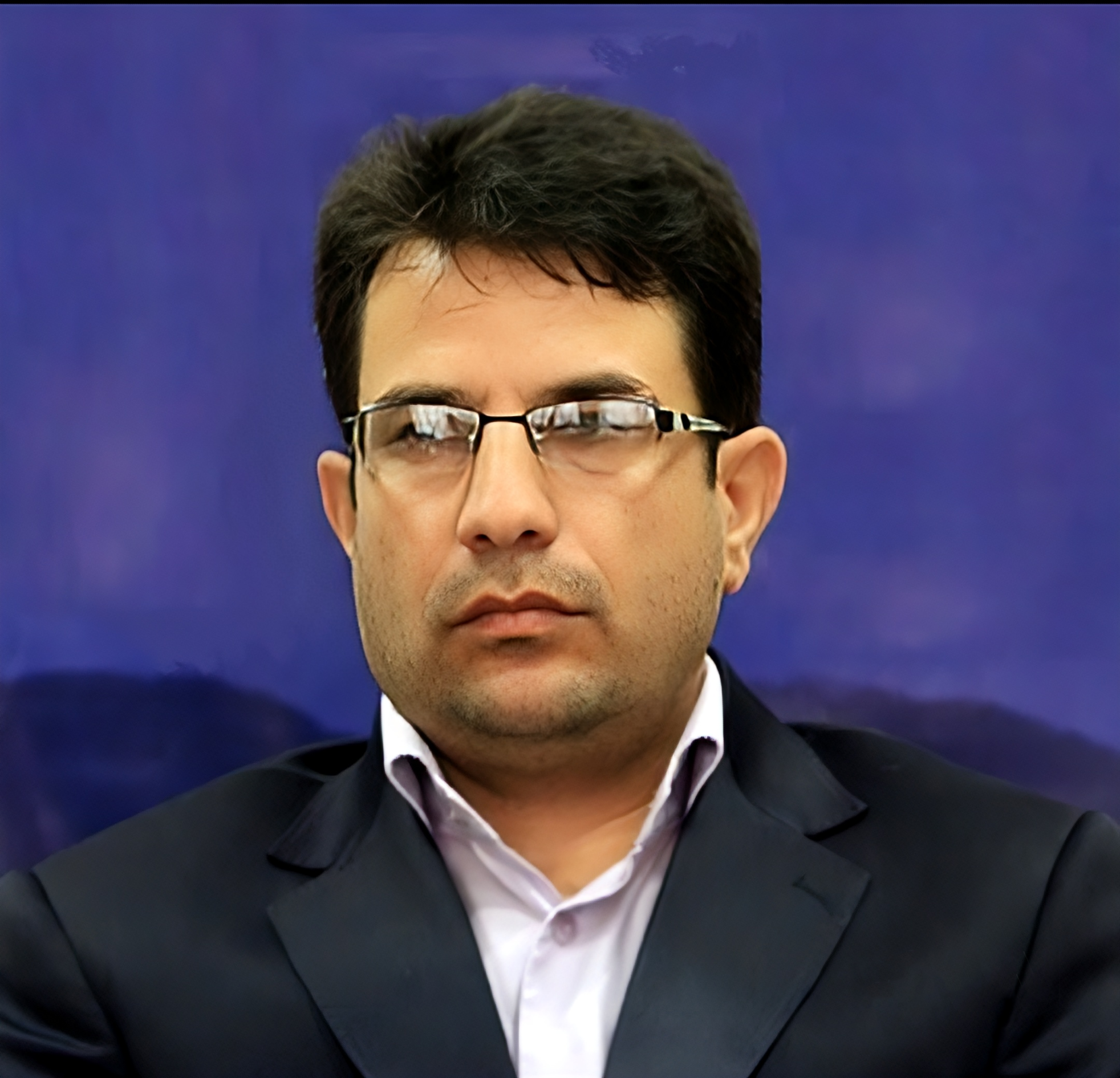The industrial sector’s added value per capita, based on the fixed prices of fiscal 2011-12, increased from 26 million rials ($52 at the current market exchange rate) in 2011-12 to 27 million rials ($54) in the fiscal 2022-23. In other words, the industrial sector’s growth effectively came to a halt during these years. Simply put, the statistics of the Central Bank of Iran show no progress in the sector.
According to the same criteria, the industrial sector seems to have stagnated over these 11 years and it even worsened when we closely survey this sector, Ali Cheshomi, an economist, prefaced an editorial for the Persian economic daily Donya-e-Eqtesad with this note. A translation of the full text follows:
I don’t intend to ignore the efforts made by industrialists who have worked in an unstable and nonviable economic environment, but to evaluate policymaking in the industrial sector.
Old Technology, Lack of Innovation
As global industries are increasing their production capacity by using new designs and machines, Iranian industries are not able to play a role in the global production value chain as a result of their disconnect with the global economy. They use the same old machinery that increases the average life of industrial technology. You can compare domestic automotive or machinery industries with their global counterparts in this regard.
Lack of Motivated Manpower
In recent years, the industrial sector has failed to pay a balanced wage for the services extended by young and skilled workers, both compared to other economic sectors and to their foreign counterparts. The migration of human capital and the shortage of new qualified workers have resulted in the aging of skilled workers in some industries and the inability to replace these workers. The reward structure in Iran’s economy in recent years has failed to attract skilled workers, and help boost industrial progress and knowhow, with the exception of some companies.
Incomplete, Scattered Industrial Chains
Several reasons are to blame here: political decision-making in the petrochemical, metallic or automobile industries have made the location of such projects throughout the country very inefficient; incomplete privatization that has separated the links of an industry with dispersed ownership; lack of a strategy for industrial development that could prioritize the completion of industrial value chains and move toward the final value-creating links so that Iran finds a place in the global value chain; and rewarding raw material producers with cheap energy, which has created an artificial advantage for local industries.
Small Production Scale
This is the most important problem behind the limited value creation in Iran’s industrial sector. This has been caused by various reasons and has hurt economic relations within the country and commercial and political relations overseas. One reason is the prerequisite to entering the industry.
Some argue that since the government allows everyone to enter the industry and obtain permits, the scale of production has shrunk. This is exacerbated by other inefficient government interventions, such as the allocation of cheap loans to industries, subsidized currency quota to anyone who has a license, an import quota, a quota to buy raw materials at a subsidized rate, and other privileges to some industrial license-holders. This allows unqualified newcomers to enter the industrial sector, those who ruin the quality of goods in the domestic market and hurt Iranian brands abroad.
Another reason for Iranian brands’ failure overseas is domestic restrictions imposed on people and the consequences of sanctions for these brands at the global level.


